Uncategorized
Tiny 3D-Printed Batteries: Revolutionizing Energy Storage and Beyond
Introduction
In an era where everything seems to be shrinking, from smartphones to drones, the demand for compact, efficient, and innovative technologies has never been greater. One such breakthrough in the world of energy storage is the development of tiny 3D-printed batteries. These miniature power sources are opening up new possibilities for industries ranging from electronics to healthcare. Nanotechnology is revolutionizing multiple industries, and energy storage is no exception
Let’s dive into the fascinating world of tiny 3D-printed batteries, and why they’re considered the next big thing in energy storage. .
What Are Tiny 3D-Printed Batteries?
As the name suggests, The “tiny” aspect of these batteries refers to their miniature size, often on the scale of millimeters and 3D-printed batteries are batteries that are created using 3D printing technology. This allows for the creation of batteries with intricate designs and unique structures that were previously impossible to achieve with traditional manufacturing methods.This small size makes them ideal for applications in devices that require minimal space but still need a reliable power source.
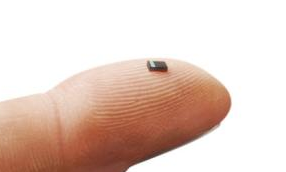
Fig: 3D Batteries
What is Nanotechnology in Energy Storage?
Nanotechnology involves manipulating materials at the nanoscale. In the context of 3D-printed batteries, nanotechnology plays a key role in enabling miniaturization, enhancing energy density, and improving the lifetime and stability of batteries. By using nanoscale materials in the printing process, it becomes possible to create batteries that are not only smaller but also more efficient than traditional counterparts.
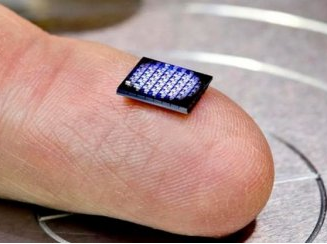
Fig: Tiny batteries for smallest devices
How Nanotechnology is Impacting 3D-Printed Batteries
Nanomaterials for Higher Energy Density
One of the primary challenges of 3D-printed batteries is increasing their energy density—essentially, how much power can be stored in a given volume. Nanomaterials are particularly useful here. Materials like carbon nanotubes (CNTs), graphene, and nanowires have remarkable properties that allow them to conduct electricity more efficiently and store more energy. When integrated into a 3D-printed battery design, these materials can significantly increase the battery’s energy output while maintaining a compact size.
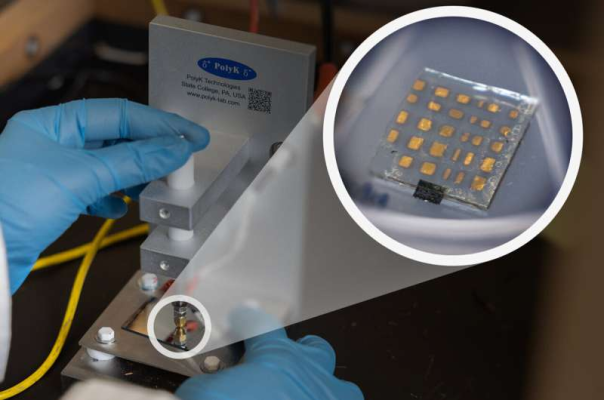
Fig: Showing High-energy-density capacitors which can enhance energy storage
Enhanced Durability and Longevity
Batteries degrade over time due to the chemical processes that occur during charging and discharging cycles. This wear and tear often reduces a battery’s performance and overall lifespan. Nanotechnology helps mitigate this issue by creating stronger, more stable materials that can withstand repeated cycles of charge and discharge without breaking down.By utilizing nanostructures that are specifically designed to handle stress, tiny 3D-printed batteries can potentially last much longer than their conventional counterparts
Miniaturization of Power Sources
Nanotechnology is inherently linked to miniaturization. As we continue to develop smaller, more powerful devices—from medical implants to micro-robots—there is an increasing need for batteries that are both small and powerful. Nanotechnology allows for the development of tiny materials that maintain, or even enhance, battery performance without adding bulk.
Nanomaterials such as silicon nanowires have been shown to store more energy than traditional graphite, and they can be incorporated into 3D-printed batteries to make them even smaller and more powerful. By printing these nanomaterials into battery components with precise control over their size and structure, researchers can build batteries that fit in ultra-compact devices like nanoscale sensors, wearable medical devices, and next-generation drones.
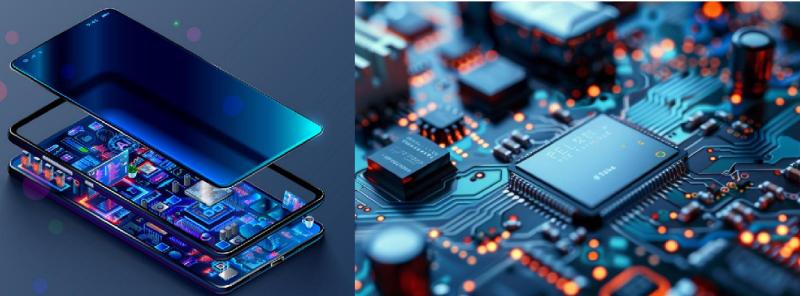
Fig: shows usefulness of tiny batteries in smart phone
Tailored Battery Design and Performance
One of the most significant advantages of combining 3D printing with nanotechnology is the ability to design custom batteries that meet the exact requirements of a specific device or application. 3D printing allows for the creation of batteries with complex internal structures, such as highly porous electrodes or multiple interlaced layers, which are difficult or impossible to produce using traditional manufacturing techniques.
Nanotechnology enhances this by allowing scientists to engineer materials at the molecular level. This gives them the ability to fine-tune the electrical and physical properties of the materials used in 3D-printed batteries. By combining nanomaterials with 3D printing, engineers can achieve the ideal battery for each unique application.
Sustainability and Eco-friendly Design
As researchers develop biodegradable nanomaterials, it is possible to design batteries that are both powerful and eco-friendly. Moreover, 3D printing itself is an environmentally friendly process, as it generates less waste compared to traditional manufacturing methods. When paired with the sustainable materials enabled by nanotechnology, tiny 3D-printed batteries could lead to the development of greener energy storage solutions that have minimal environmental impact.
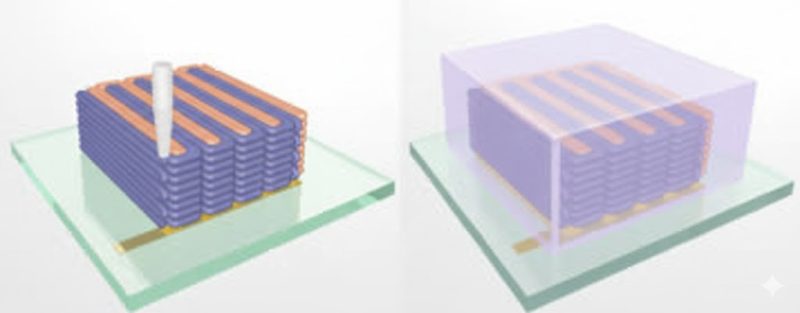
Fig: Batteries for energy storage
Applications of Tiny 3D-Printed Batteries
The potential applications for these tiny, custom 3D-printed batteries are vast, touching industries that range from consumer electronics to healthcare and beyond.
Wearables and Medical Devices: With the rise of wearable tech, from fitness trackers to smartwatches, the need for small, lightweight batteries is critical. Tiny batteries are ideal for powering wearable health monitors or medical implants that require minimal power. 3D-printed batteries can be tailored to fit the exact shape and size of wearable devices, ensuring a seamless integration of power without adding bulk.
Micro-Robots and Drones: The world of robotics is constantly advancing, with miniaturization being a key driver. Tiny batteries could power micro-robots used in medical procedures, search-and-rescue missions, or environmental monitoring. Similarly, Tiny 3D-printed batteries, enhanced with nanomaterials, can provide the necessary power for drones to fly longer distances and carry heavier payloads.

Fig: Micro robotes
IoT Devices and Sensors: The Internet of Things (IoT) is expanding rapidly, and many IoT devices are powered by small sensors that need long-lasting, efficient batteries. These 3D-printed batteries can meet the power needs of such devices without taking up much space, making them ideal for the growing demand in smart homes, cities, and industries.
Challenges and Future Prospects
While the potential is immense, there are still hurdles to overcome before tiny 3D-printed batteries can fully revolutionize the industry.
Energy Density: One of the primary limitations of current 3D-printed batteries is their energy density. While they can be made to be small and lightweight, they often don’t pack as much power as traditional batteries. However, researchers are constantly improving the materials and designs, so this issue may be addressed in the near future.
Durability: Batteries need to endure constant charging and discharging cycles over time. Ensuring that 3D-printed batteries can match or exceed the lifespan of traditional batteries is another key area of research.
Cost: While 3D printing can reduce waste and offer customization, the cost of materials and the printing process can still be high. As the technology becomes more widespread and efficient, costs are likely to decrease, making it a more accessible option for manufacturers.
Despite these challenges, the potential for tiny 3D-printed batteries is undeniable. As the technology advances, we may see them become a standard component in a wide range of devices, from medical implants to next-generation consumer electronics.
Conclusion
Tiny 3D-printed batteries are on the cusp of transforming energy storage as we know it. With their ability to be customized, miniaturized, and rapidly transforming, they promise to open up new opportunities across various fields. From powering wearable tech to fueling medical implants and IoT devices, these miniature power sources are paving the way for smarter, more efficient, and more sustainable technologies. While there are still challenges to overcome, the future of tiny 3D-printed batteries looks incredibly bright, making it one of the most exciting innovations in energy storage today.
Reference:
Title: Meet the Tiny 0.5mAh Rechargeable 3D Solid State Batteries from ITEN
Link: https://www.electronics-lab.com/meet-the-tiny-100mah-rechargeable-3d-solid-state-batteries-from-iten/
Title: Giving bug-like bots a boost
Link:https://news.mit.edu/2021/micro-robots-artificial-muscles-1216
Images are from internet
Courtesy: Simran Jain, Technical Sales Executive at Ultrananotech Pvt Ltd
 +91-8800903073, 8452810712
+91-8800903073, 8452810712

Very good